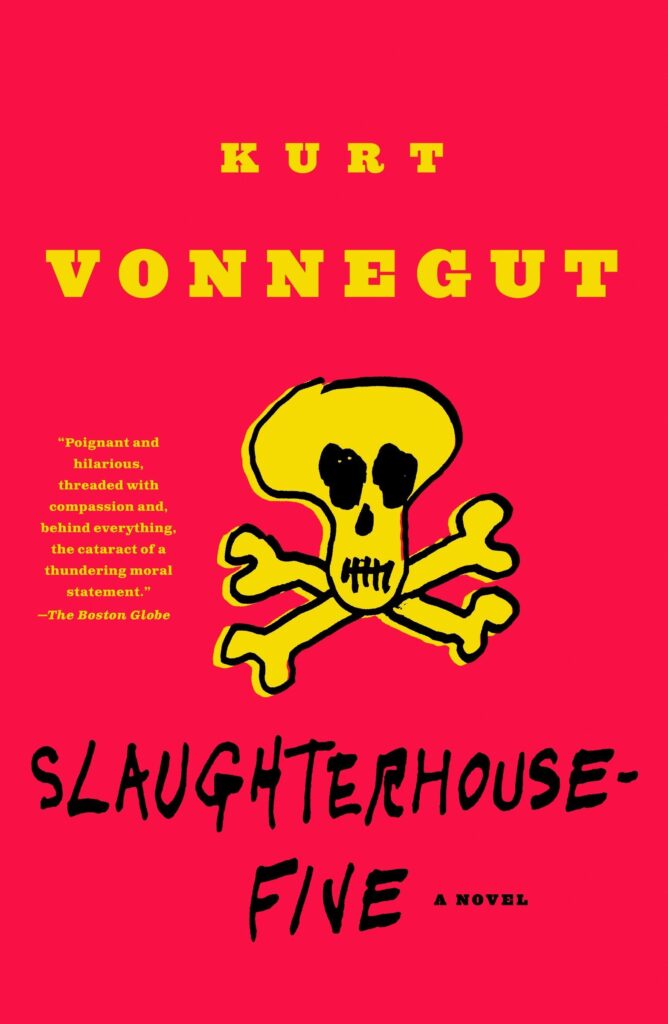
A neologism is a newly coined word, phrase, or expression, usually made up of existing words, that describes a new concept or phenomenon. Neologisms often have humorous or playful connotations and can keep language fresh and fun. An example is “hangry,” meaning “irritable or angry because of hunger.”
Definition and Origin of Neologisms
A neologism is a new word or phrase that has been recently added to a language. It can be created from existing words, like a portmanteau (combining two words, e.g., “smog” from “smoke” and “fog”), or it can be entirely new. Neologisms often emerge in response to new technologies, societal changes, or cultural trends.
The word “neologism” comes from the Greek words “neo,” meaning “new,” and “logos,” meaning “word” or “speech.” The creation of neologisms is a natural part of language evolution, as people continuously develop new ways to express themselves and describe the world around them.
How to Create Neologisms in Writing
Incorporating neologisms into writing can add originality, creativity, and a contemporary feel. Here are some tips for creating and using neologisms:
1. Identify the Need for a New Word
Neologisms often arise out of a need to describe a new concept or idea that doesn’t have an existing word. Look for gaps in the language, such as a feeling or situation that doesn’t have a proper name yet. This can be the starting point for creating a new word.
2. Play with Existing Words
One way to create a neologism is to combine, shorten, or modify existing words. Consider blending words, creating an acronym, or changing the structure of a word to create something new.
3. Ensure Clarity and Understandability
While neologisms can be fun and innovative, they should still be understandable in the context of the writing. Make sure the meaning of the new word is clear from the context, or provide a definition for readers who may not be familiar with it.
Neologisms in Literature and Popular Culture
Neologisms have a long history in literature, where authors have often invented new words to enrich their narratives and convey complex ideas. Some famous examples include:
- George Orwell’s “1984” introduced the term “newspeak,” a language designed to limit freedom of thought and expression.
- William Shakespeare, known for his linguistic inventiveness, created numerous neologisms, such as “assassination” and “bedazzled.”
- The science fiction genre is known for its use of neologisms to describe futuristic technologies and concepts, such as “cyberspace” in William Gibson’s “Neuromancer.”
In popular culture, neologisms often emerge from social media, advertising, and various forms of entertainment. Some examples include “selfie,” “binge-watch,” and “ghosting.”
Examples of Neologisms
Here are some examples of neologisms that have made their way into everyday language:
- “Blog” – A blend of “web” and “log,” referring to an online journal or informational website.
- “Meme” – A term coined by Richard Dawkins in his book “The Selfish Gene” to describe a unit of cultural information that spreads from person to person.
- “Brexit” – A combination of “Britain” and “exit,” referring to the United Kingdom’s withdrawal from the European Union.
- “FOMO” – An acronym for “Fear Of Missing Out,” describing the anxiety that arises when one feels they are missing out on rewarding experiences that others are having.
Conclusion: Embrace Neologisms for a Fresh and Dynamic Writing Style
Incorporating neologisms into your writing can make it feel fresh, contemporary, and engaging. By creating new words or phrases, you can add depth and originality to your work, reflecting the ever-evolving nature of language.
So, don’t be afraid to experiment with neologisms and embrace the creative side of language. Remember, the key is to ensure that the meaning of the new word is clear and understandable within the context of your writing. With a bit of inventiveness and a keen eye for gaps in language, you can create neologisms that will not only enliven your writing but also enrich the linguistic landscape for others to enjoy.
As language continues to evolve, so too will the need for new words and expressions. By understanding and incorporating neologisms into your writing, you can stay at the forefront of linguistic innovation and create a unique, dynamic voice that resonates with readers. Happy word-making!
If you’re thirsty for more writing knowledge, head over here to learn all 74 literary devices.




